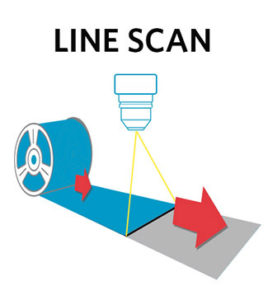
Line scan sensor
A line-scan sensor is a specialized technology that uses a row of sensors to capture a digital image in one-pixel “slices” taken in rapid succession.

A line-scan sensor is a specialized technology that uses a row of sensors to capture a digital image in one-pixel “slices” taken in rapid succession.
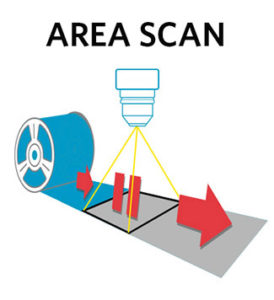
An area scan, or area array, camera is what most of us would call a “regular” camera. It uses a single exposure to capture an
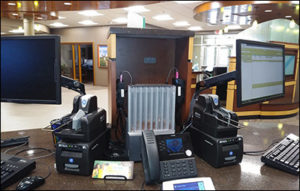
Teller Capture is the process of scanning checks as they are deposited at the teller window, as part of the customer’s transaction. It should not
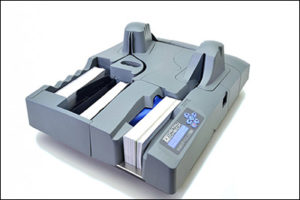
Branch capture is the process of scanning all the checks received at a bank branch for electronic clearing. This is often done by collecting all
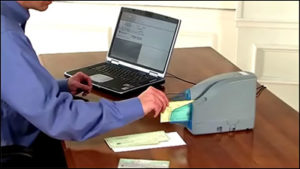
Control totals is an accounting term used for confirming key data such as the number of records and total value of records in an operation.
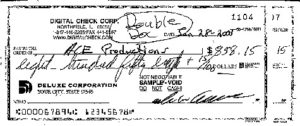
A double-feed, sometimes informally called a piggyback, occurs in check scanning when more than one check at a time is pulled into the paper path.
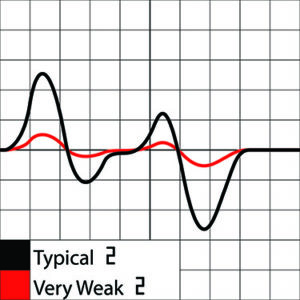
A can’t-read is a term that refers to a MICR character that is unreadable when scanned, and produces an error. This is not to be
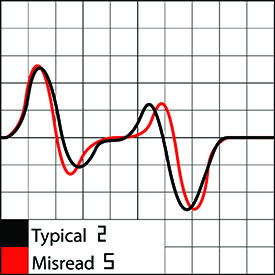
A MICR misread, also called a MICR substitution, is when one character in the magnetic ink on a check is mistaken for another during the
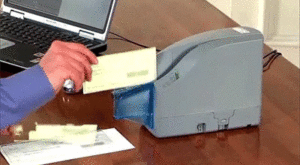
A single-feed scanner is a device that accepts only one document at a time. The operator must insert the next item manually once the scanner
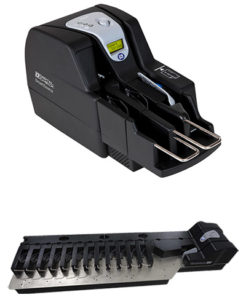
Exit pockets are the collecting slots or trays that “catch” checks as they leave the feed path after scanning.The most common setup for check scanners
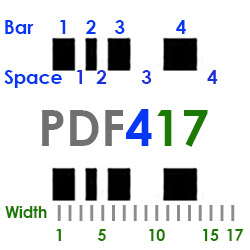
The diagram at left shows the relationship of an individual codeword to a PDF417 barcode as a whole. The diagram at right shows a single
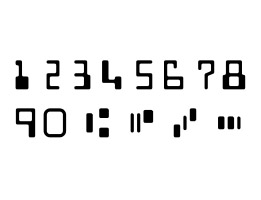
E13B is one of the two major Magnetic Ink Character Recognition (MICR) fonts used in the printing of checks and other payment documents. E13B is